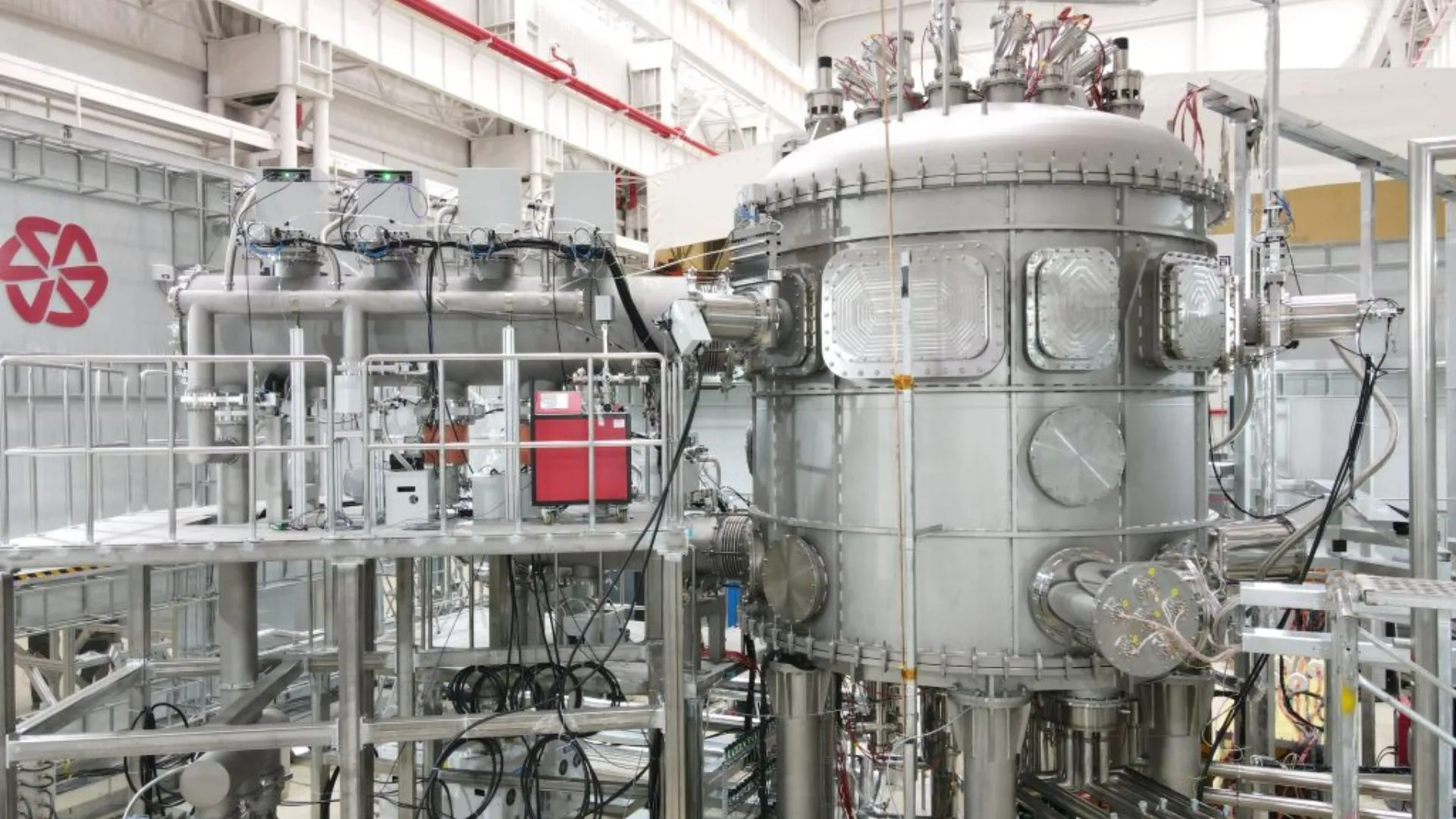The Atacama Desert in northern Chile is one of the driest and most hostile places in the world. It extends for a distance of up to 900 kilometers, and in some areas the last rain fell at the beginning of the twentieth century. Higher life forms are almost completely absent, but the extremely dry soil, rich in salts and sulphates, forms a breeding ground for bacteria.
Read also: The Atacama region blossomed with a riot of colors. We are beginning to understand how and why this phenomenon occurs
It is believed that the first 80cm of soil could be a potential shelter from harsh UV rays and a place where water may be present. But what about the deeper layers? Scientists from GFZ-Potsdam Under the supervision of Dr. Dirk Wagner, they sought to expand knowledge of desert animals and plants to the world deep beneath the surface. The authors have developed an innovative extraction method that ensures that the DNA collected comes from living organisms. The results were published in the journal PNAS Association.
Bacteria hidden beneath the surface of the Atacama Desert
The researchers decided to collect samples from the Yungai Valley, one of the driest places in the heart of the extremely arid desert. In other places, the minerals – gypsum or anhydrite – are usually found near the surface, in the upper layers of the soil, at a distance of about 50 cm, while here they are found at a depth of about 2 metres. Gypsum contains water and anhydrite does not, but the latter turns into plaster. Under the influence of water.
Read also: The driest place in the world is not the Atacama. There hasn't been any rain there for millions of years
While drilling below the surface to a depth of 4.2 metres, researchers found accumulations of salt in the form of gypsum, anhydrite and halite, in addition to cations (sodium and calcium) and anions (sulphate, nitrate and chloride).
Dr. Dirk Wagner says:
The upper half of the section up to a depth of 184 cm consists mainly of muddy sediments with intermittent thin layers of sand. At a depth of 184 to 230 cm, the sediments transformed into a coarser structure containing sand and gravel. Below 230 cm, the section contains hard grains the size of gravel or cobblestones.
The researchers used invertebrate DNA (iDNA) analysis and compared it with geochemical analysis — X-ray diffraction and ion chromatography — to study subsurface microbiology. Genetic sequencing has revealed many diverse groups of microbes in different clades.
Most sequences were assigned to bacteria, about 0.5%. They were archaea – single-celled microorganisms with a similar structure to bacteria, but evolutionarily different. Archaea are thought to be an ancient group of bacteria and eukaryotes. Three groups of bacteria dominated, accounting for more than 90%. Gene sequence: Actinobacteria, Firmicutes and Proteobacteria.

On top of the sediment 2-5 cm deep Actinobacteria It represents 95 percent microorganisms. Firmicutes They also attended by 47 percent. At a depth of 40 cm, up to 93%. At a depth of 30 cm. Low relative abundance Firmicutes (34%) They were observed only at a depth of 70 cm, and below 200 cm they were practically absent. In the deepest layers, radiation dominated microbial communities down to a depth of 4.2 metres Proteobacteria It was perfectly even throughout the profile.
The researchers suggest that the microbial community they discovered may have colonized the soil “early on” before it was buried under sediment. This could mean that a previously unknown biosphere extends an infinite distance beneath the extremely dry desert soil.
Dr. Dirk Wagner summarizes:
Although gypsum may not be ubiquitous below the surface of all deserts, its presence below the surface may indicate that global desert diversity has previously been underestimated and that, under certain conditions, the community may persist below the surface. In the deepest layers of the driest places on Earth. Land. This study has important implications for the search for extreme extraterrestrial life.
NASA uses the Atacama Desert as a substitute for Mars, and the Red Planet also contains gypsum deposits. This could be a valuable clue to the search for extraterrestrial life in our immediate vicinity.

Echo Richards embodies a personality that is a delightful contradiction: a humble musicaholic who never brags about her expansive knowledge of both classic and contemporary tunes. Infuriatingly modest, one would never know from a mere conversation how deeply entrenched she is in the world of music. This passion seamlessly translates into her problem-solving skills, with Echo often drawing inspiration from melodies and rhythms. A voracious reader, she dives deep into literature, using stories to influence her own hardcore writing. Her spirited advocacy for alcohol isn’t about mere indulgence, but about celebrating life’s poignant moments.









